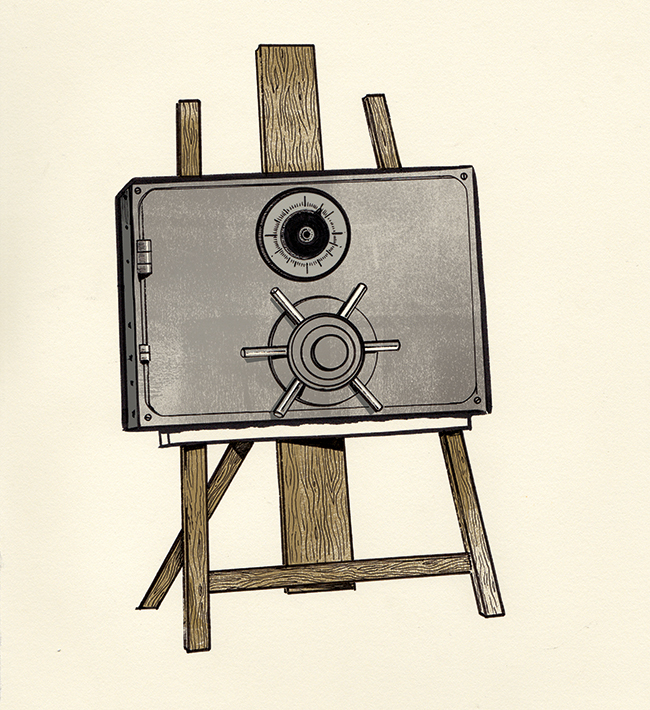ZEITGUIDE TO PRIVATE ART MUSEUMS

The eye-popping $110.5 million sale of that Jean-Michel Basquiat painting two weeks ago might have made you wonder: What do billionaires do with all their artworks? Some treat paintings like any other investment, planning to resell. Some eventually donate works to museums. Some construct a private gallery in their backyard.
More and more these days, though, they’re taking a fourth option: Build a museum.
The latest, the Marciano Art Foundation, opened to the public on May 25th in Los Angeles. The Marciano brothers—Paul and Maurice—are two of the four siblings who founded Guess Jeans in 1981. Though they started collecting art in the 1980s, the 1,500-work collection as it stands today is heavy on contemporary Los Angeles artists, about 90% of it purchased since 2009. The museum will occupy a massive 110,000- square-foot Masonic Temple remodeled by architect Kulapat Yantrasast.
It joins the Broad Museum in downtown Los Angeles, The Brant Foundation in Greenwich and Pier 24 in San Francisco among the high-profile privately-funded American museums. Another, The Hill Art Foundation, featuring the private collection amassed by Blackstone Group vice-chairman J. Tomilson Hill, will open in Chelsea in the fall.
There is, of course, a long history of private art museums growing into major institutions: The Frick Collection in New York, the Phillips Collection in Washington, D.C., The J. Paul Getty Museum in Los Angeles and the Rubell Family Collection in Miami to name just a few. But there has been a burst of new private museums in recent years—a development that art dealer Jeffrey Deitch called “one of the most exciting developments in the international art world” in the New York Times a few years ago. Larry’s List, the art market information company, reported that 72% of the private art exhibition spaces in its database have been built since the year 2000.
Certainly part of the inclination for collectors is to get their beloved works out of storage and in front of the public. With taxpayer funding for the arts continually under pressure in the U.S., collectors also see limited opportunities for existing institutions to take advantage of major gifts. (Plus, they may not want a billionaire’s whole collection.) By creating a nonprofit foundation, collectors can take a tax deduction for the value of their whole collection, but still control what happens to the artwork. Public museums, meanwhile, lose essential philanthropic support.
The question for all of these new private museums is whether they are in it for the long haul, Bettina Korek, founder of For Your Art in Los Angeles, told us for ZEITGUIDE 2017. It’s one thing to hang some paintings, another to endow an institution so it has the staff and facilities to endure. “These museums have to take a hard look at what and why they are doing it,” said Korek. “Forever is a long time. Not all of these individuals have a plan to look after what they’re setting up.”
